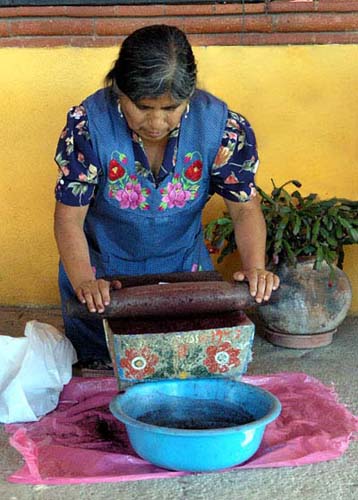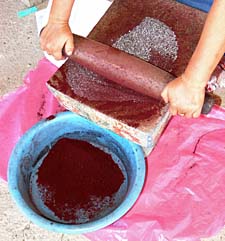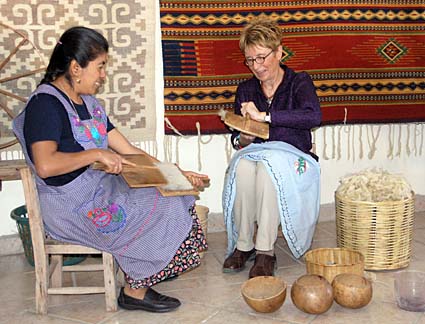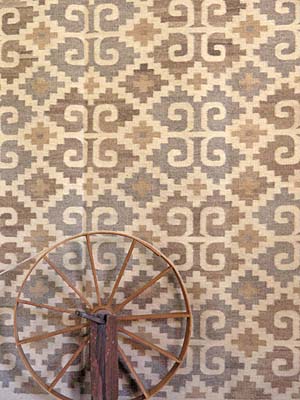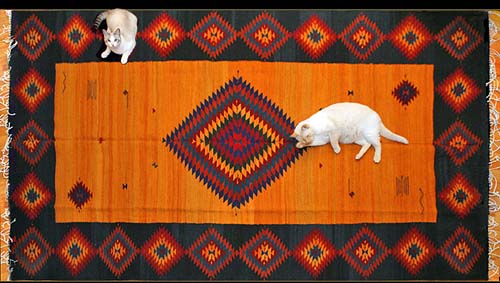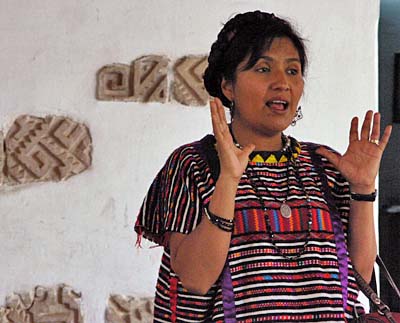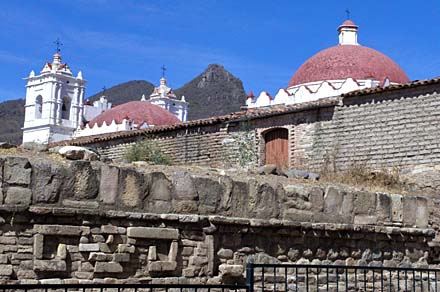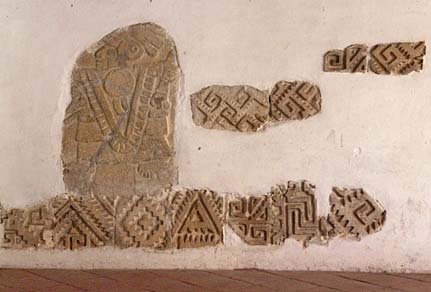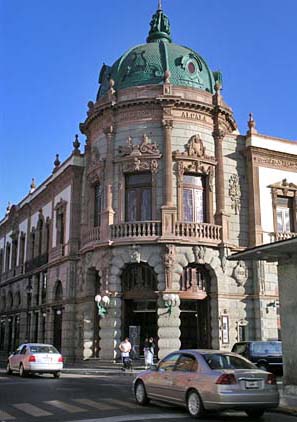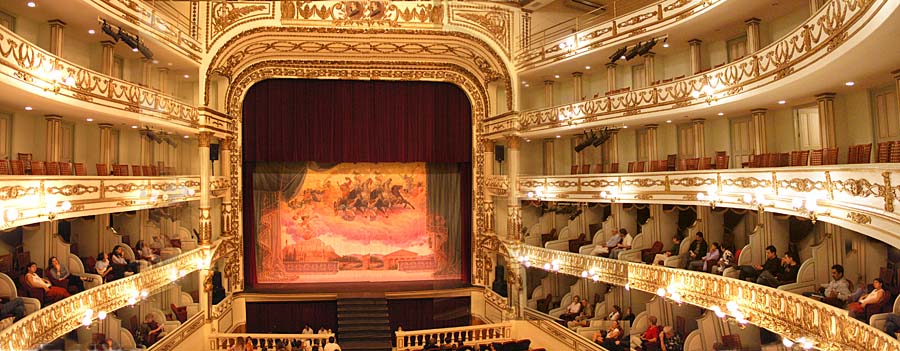Wed 22 December
Nora not only runs the kitchen at Mis Recuerdos,
she also offers cooking classes and guided excursions for guests if there
is sufficient interest.
We've missed her Oaxaca shopping tour (although we manage to support the local economy quite well on our own), but we decide to join today's trip to Teotitlan delle Valle, the famous weaving village. Nine of us plus Nora and the driver fit comfortably into the rented van.
Teotitlan delle Valle is known for its Zapotec design wool rugs. Every family in town is in the business and we know from prior visits that it can be overwhelming. We hope to buy a rug on this trip and are confident that Nora can steer us to a good quality shop.

Zapotec Rug from The Humble Insect
